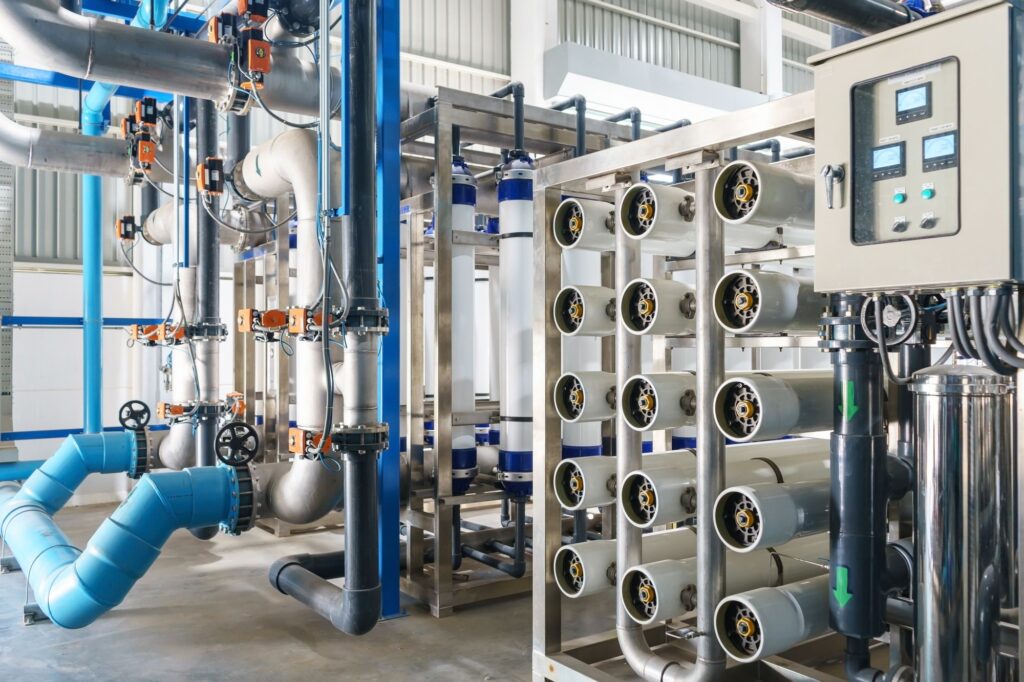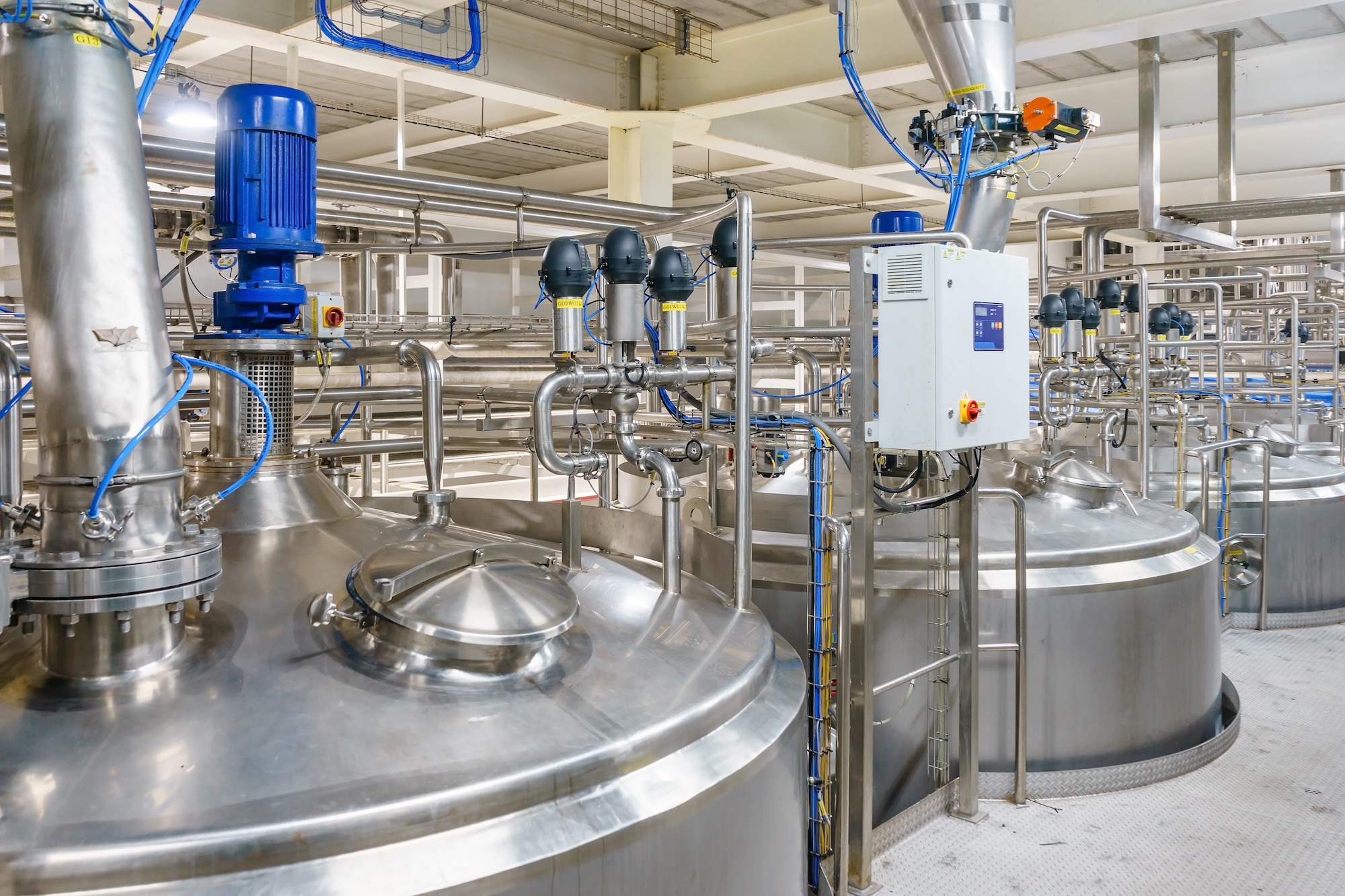Purifying the Future: Advanced Materials in Water Filtration

Water filtration is no longer just about removing visible debris—it’s about eliminating trace contaminants, toxic metals, microplastics, and even pharmaceuticals. As water quality concerns intensify due to aging infrastructure, industrial waste, and climate variability, filtration systems must evolve.
To meet rising global standards, engineers and scientists are turning to a new class of filtration media. Materials like activated carbon, zeolites, and cellulose-based composites are being optimized for modern needs: efficiency, specificity, and sustainability.
Let’s explore how these materials work and why they matter.
Why Traditional Filtration Isn’t Enough
Conventional sand filters or membrane systems can be effective at removing suspended solids or pathogens. However, they struggle with chemical pollutants like PFAS, volatile organics, and dissolved heavy metals. These contaminants require high surface area, selective adsorption, or ion-exchange capabilities—features not available in older systems.
This is where advanced materials come in.
Activated Carbon: The Backbone of Modern Filtration
Activated carbon, long a staple in water treatment, remains indispensable due to its extraordinarily high surface area and microporous structure. It’s particularly effective at removing:
- Chlorine and chloramines
- Volatile organic compounds (VOCs)
- Pesticides and pharmaceutical residues
By tailoring surface chemistry (e.g., acid-washing or impregnating with metal oxides), manufacturers can tune activated carbon for specific contaminant profiles¹.
Zeolites: Natural Ion Exchangers
Zeolites are crystalline aluminosilicates with uniform pore sizes and strong cation-exchange capabilities. In water treatment, they’re increasingly used for:
- Ammonium ion removal (common in wastewater)
- Lead, cadmium, and heavy metal capture
- Softening hard water by replacing calcium and magnesium
Their selectivity and reusability make zeolites a promising alternative to synthetic ion-exchange resins².
Cellulose Composites: A Sustainable Frontier
Cellulose, a renewable and biodegradable biopolymer, is being reimagined as a modern filtration platform. When modified or combined with other active materials (e.g., activated carbon, metal oxides), cellulose-based membranes and sponges show high performance in removing:
- Dyes and pigments
- Bacteria
- Trace heavy metals and organics
These composites not only perform well but also support the development of eco-friendly, disposable, or compostable filtration units—a key concern in developing regions or emergency response scenarios³.
Where It’s Headed: Hybrid Systems and Custom Formulation
No single material solves all filtration challenges. That’s why modern systems are increasingly hybridized—combining activated carbon with zeolites, or cellulose membranes impregnated with silver nanoparticles or graphene. These combinations allow for:
- Broader contaminant targeting
- Reduced pressure drop and fouling
- Longer service life
Customization is key. Material developers are now focused on tailoring particle size, porosity, surface functionality, and mechanical stability for application-specific needs—from municipal drinking water to niche pharmaceutical processing⁴.
A New Era for Water Purification
Water filtration has entered a material-driven era. While pumps and membranes will always matter, the true engine of next-gen filtration lies in the performance of its media. Activated carbon, zeolites, and cellulose composites are not just additives—they are core technologies that determine whether a system can meet tomorrow’s water challenges.
References
- Water Quality Association. “Granular Activated Carbon (GAC) Fact Sheet.” WQA
- WC&P Online. “Zeolite: A Superior Water Purification Material.” WCPO
- Gao, S. et al. “Application of Cellulose-Based Materials as Water Purification Filters.” SpringerLink
- Zhang, Y. et al. “Activated Carbon/Zeolite Hybrid Nanocomposite for Drinking Water Treatment.” SpringerLink


